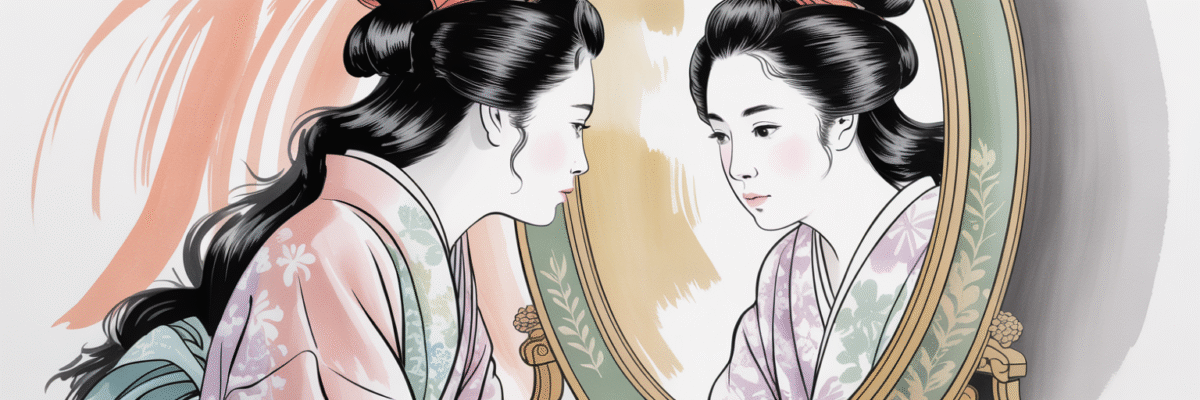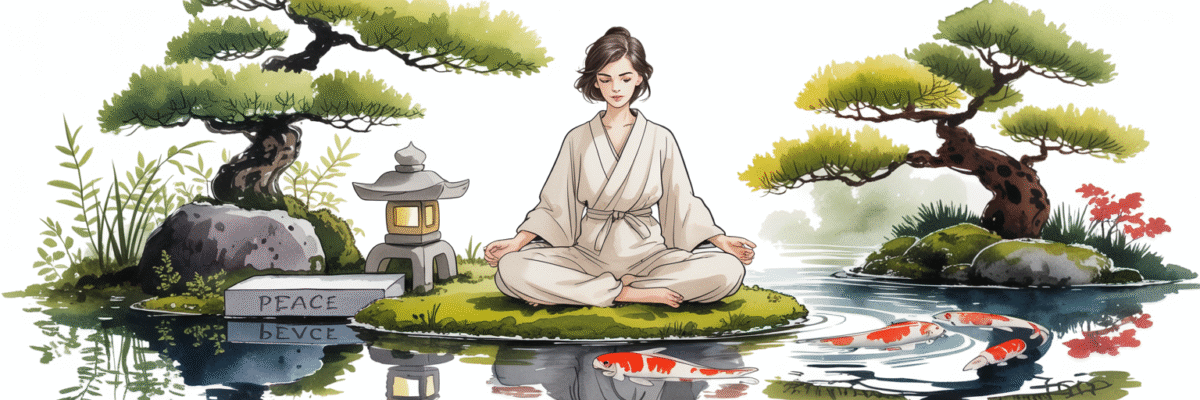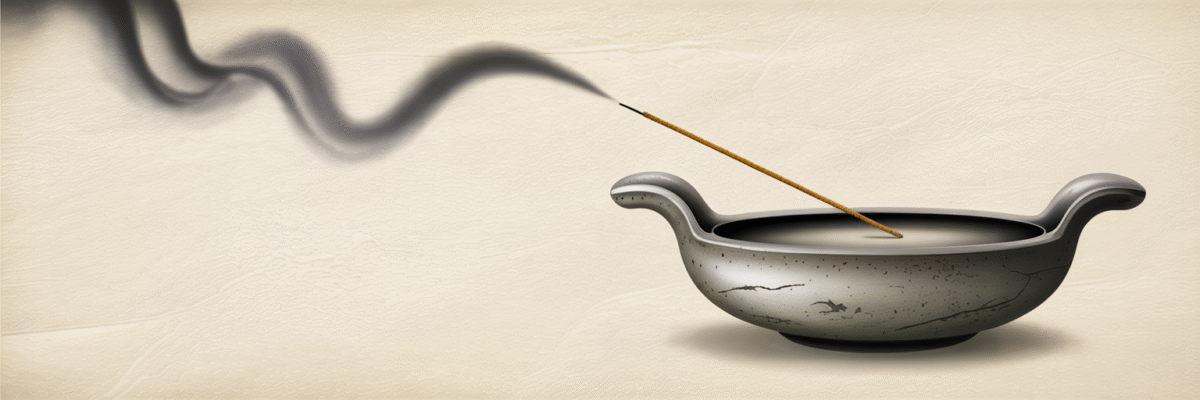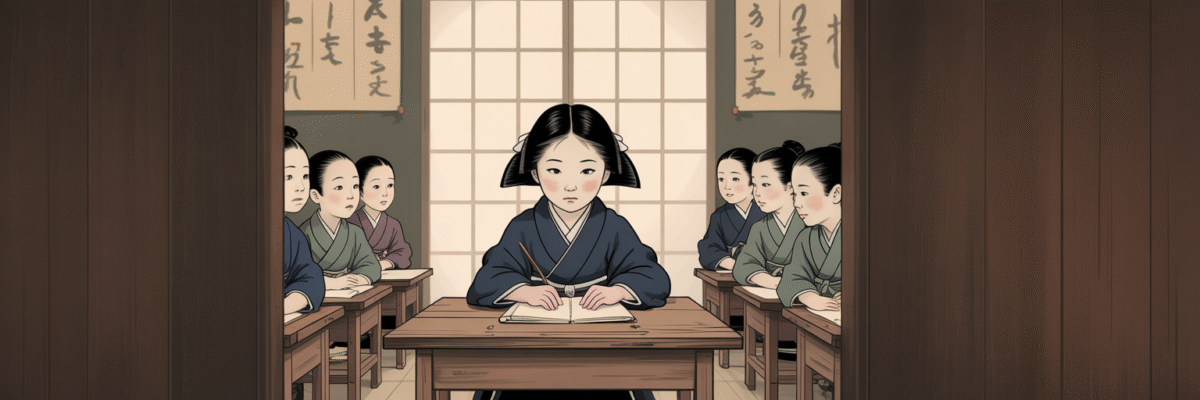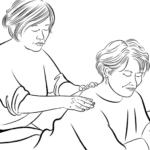
Reiki Research: Reiki in Nursing Care for Cancer Patients
November 12, 2025We spend most of our lives self-labelling. It might be:
“I’m too scared to speak in front of crowds.”
“I always get angry when people are late.”
“I’m such a worrier.”
That’s just who we are, right? That’s what we tell ourselves.
Except it’s not.
We become so familiar with our patterns that we mistake them for our identity. We know ourselves as fearful, worried, and angry, and it feels as if this understanding about ourselves is real. It has certainly been our constant companion. We recognize the tightness in the chest, the racing thoughts, the way our bodies tense. We’re intimate with this version of ourselves because we’ve lived it over and over again. It feels like home.
But what if home is actually somewhere else?
When people start practicing the system of Reiki, something shifts. Not overnight, not dramatically, but in these small, startling moments. There’s a situation that would typically send them spiraling, and suddenly—they’re just not. They wait for the familiar anxiety to arrive, and it doesn’t. If they do spiral, it is short-lived; awareness kicks in, and there’s space to find a resolution rather than leave it to fester.
In that space, there’s something barely recognizable. Calm. Ease. Themselves, but not the self they thought they knew.
It’s like meeting a stranger who has your face, but their expressions, their reactions, their way of being in the world, are all different from what you’ve known.
The Reiki precepts, a set of principles that frame our Reiki practice, don’t ask us to try not to be angry or worried. They don’t say ‘just stop worrying’ (how useless would that be?). Instead, they’re something we embody through practice. For today only, do not anger. For today only, do not worry. Not as a command, but as an anchor to now. For today only actually means for this moment only—the one you’re in right now. Not the whole day, not the next hour, just this breath.
And here’s what happens: the more we practice, the more these glimpses of our true selves become less foreign. That calm person? They start to feel familiar. That version of us who doesn’t immediately catastrophize? They become the one we recognize. That person open to commonsense resolution? Someone we like and respect.
It’s like we’ve been foreigners to our own true selves all this time. We’ve been so at home in our anxiety and anger that peace feels like a foreign country. But then we start learning the language of our actual nature. And slowly, beautifully, the roles reverse.
When we fall into old patterns—and we do, because this isn’t linear—it feels different. The anxiety feels more like the stranger now. The worry feels like visiting a place we may have outgrown. And instead of shame about slipping back, there’s something else: compassion.
Because when we touch our true self, even (or especially) briefly, we realize that all those judgements we carried weren’t US. They were just weather patterns we got used to—and weather changes.
Being comfortable in our own skin is not about trying to be something we’re not, but about practicing our way back to who we actually are underneath all the conditioning. Not by fighting the anger and worry, but by embodying something truer in each moment, watching old patterns feel increasingly foreign.
For today only, our true self is waiting, and it’s not nearly as worried as we think.


